2 new Exploris 480s arrived
Categories
2 new Exploris 480s arrived
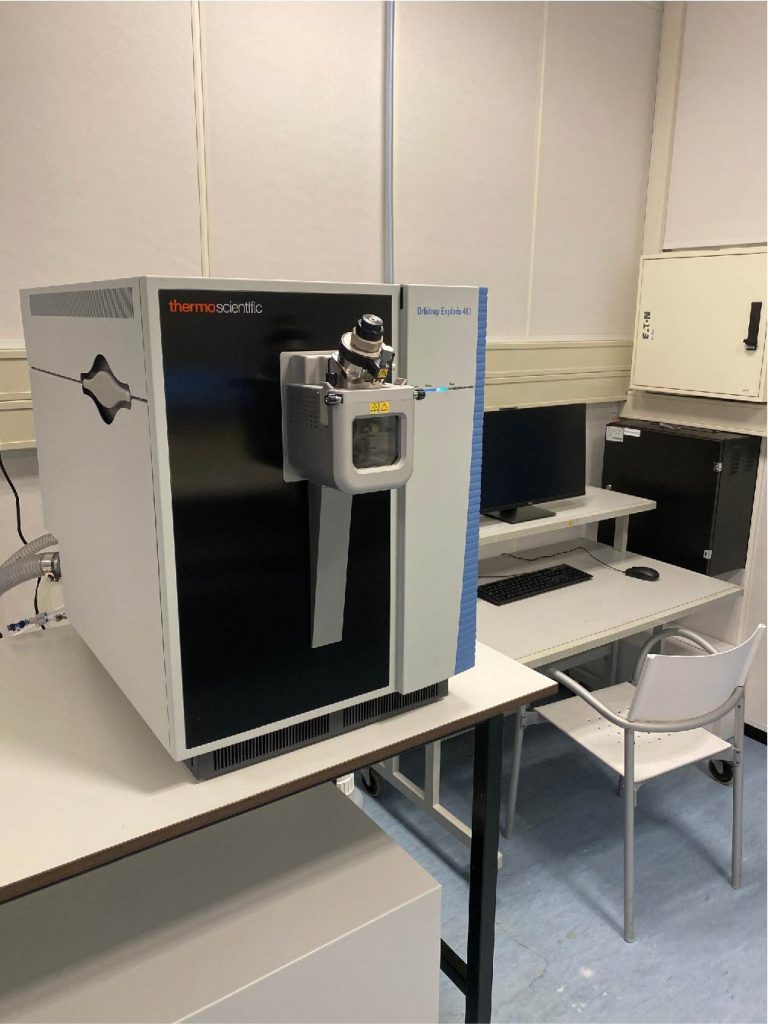
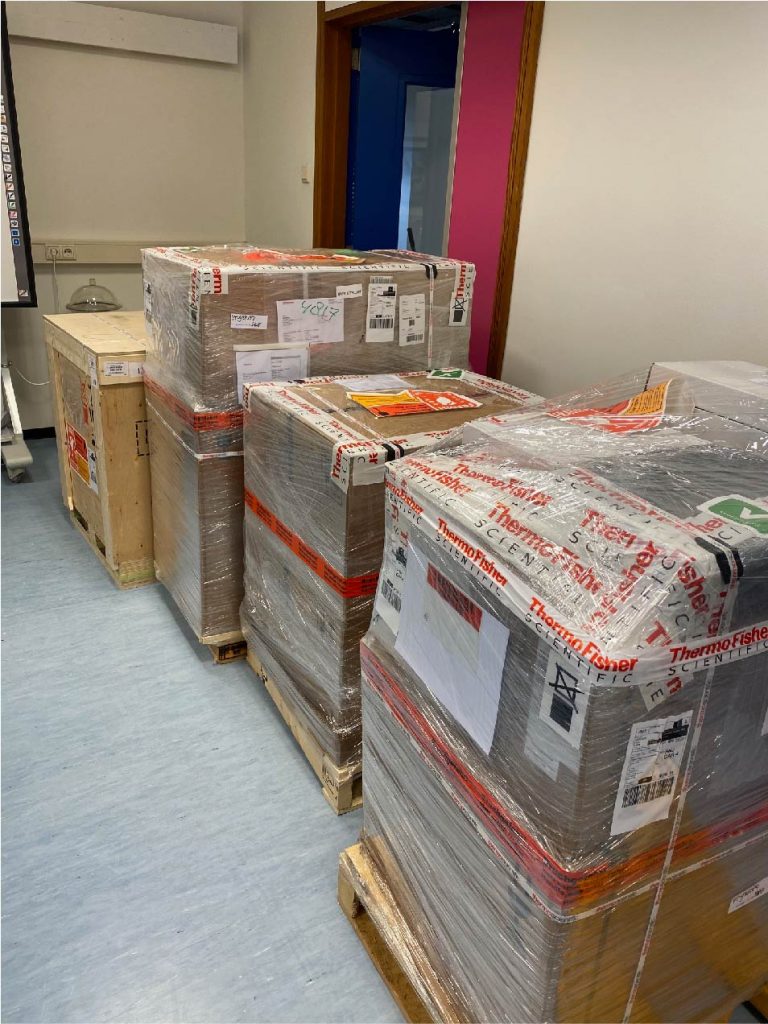
Publication in Cell in collaboration with Peeper lab

Publication Stamatia Rontogianni in Molecular & Cellular Proteomics

Publication Matina Rontogianni in Communications Biology
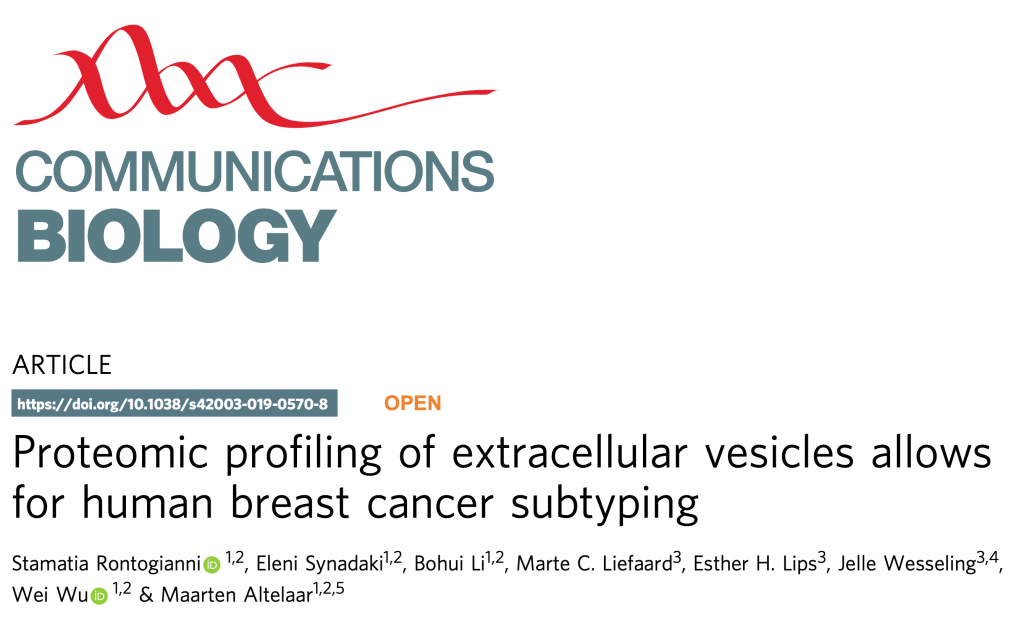
Publication by Thierry Schmidlin in Cell Systems

Paper in Nature Communications
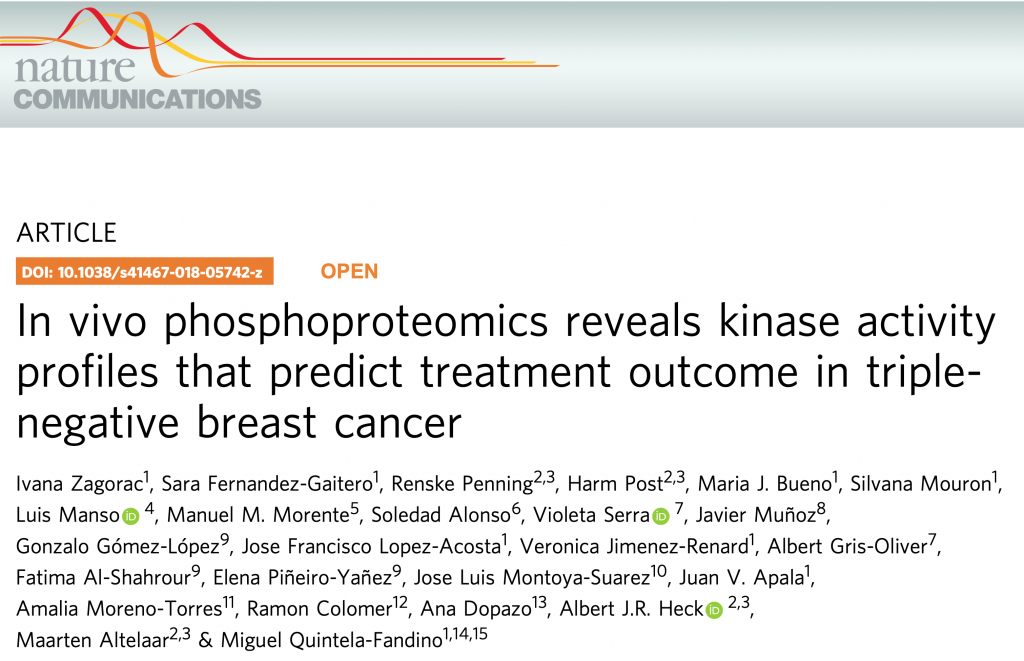
Publication in Science
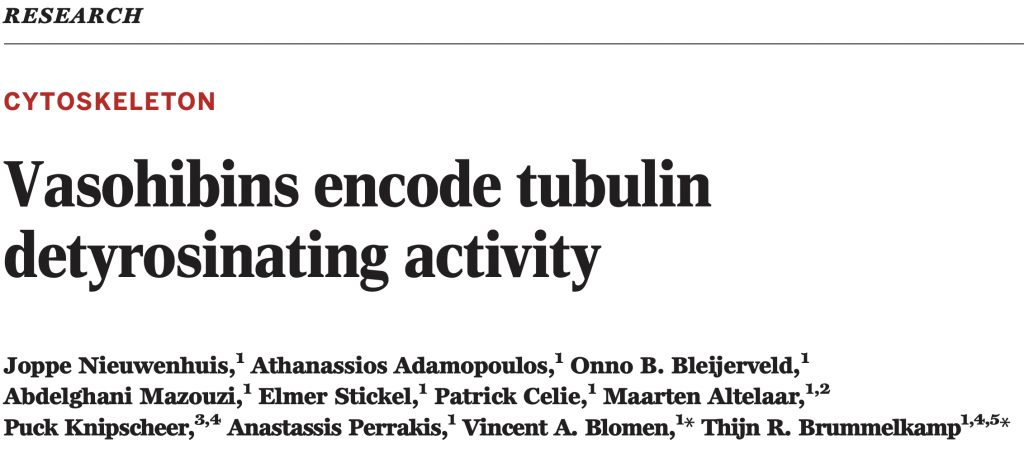

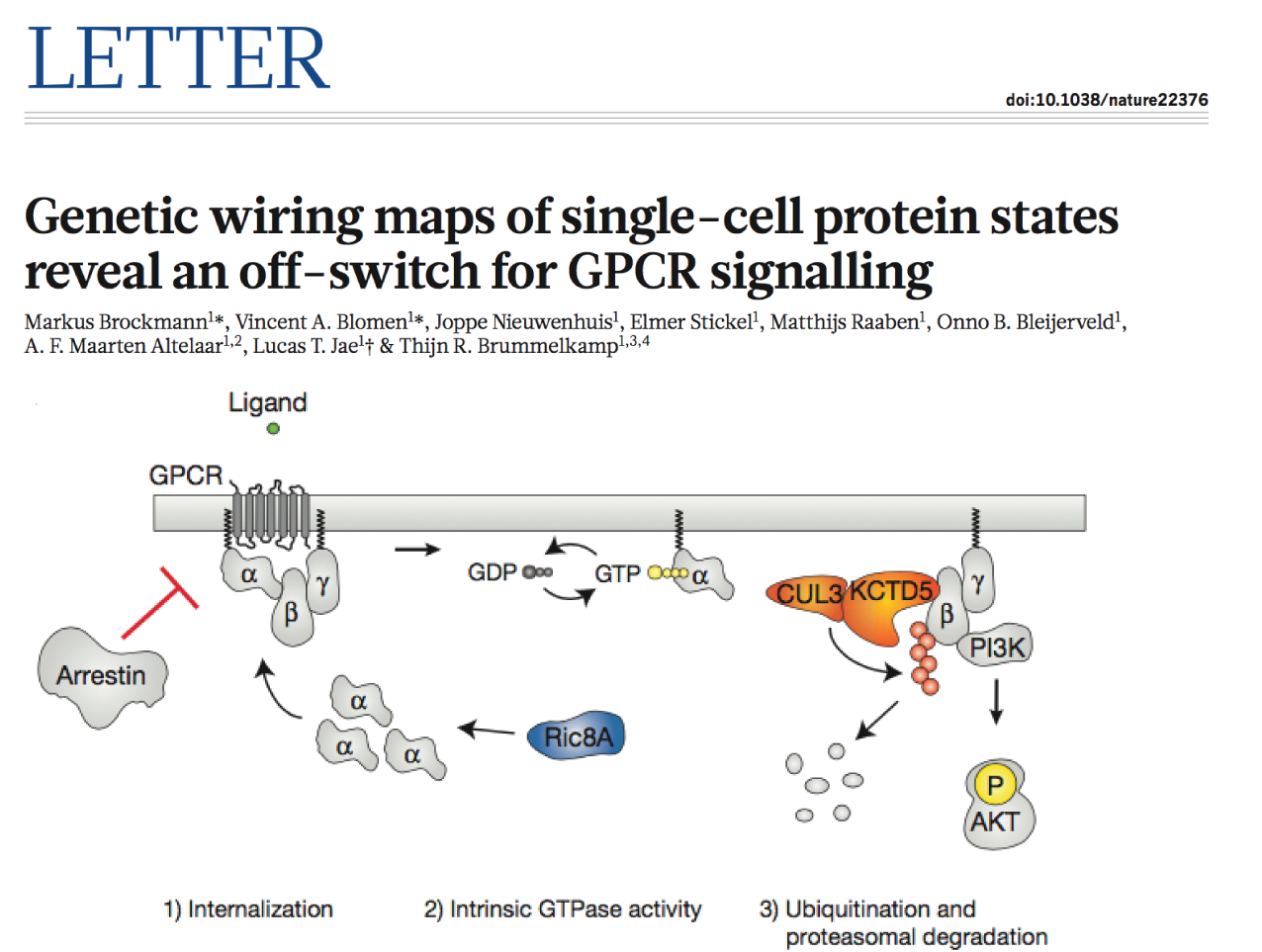
Publication in Nature
